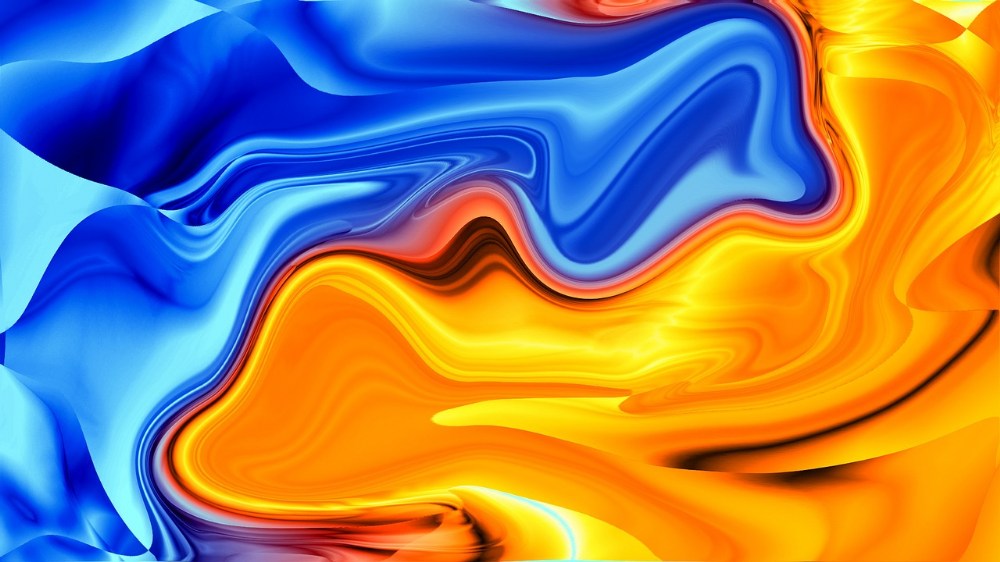
Frequently asked Questions: Clients often ask what is the pigment or ink that is being put into their skin?
What is it MADE from and is it safe?
Organic or inorganic what the difference?
Previous brows have turned orange or pinkish colour, also called (tinge).
Pigments and dyes are often derived from the same basic building blocks. The fundamental difference between them lies in the fact that dyes are soluble in the media in which they are incorporated and pigments are not.
In terms of chemical composition, Organic pigments contain carbon in their molecular structure and Inorganic pigments do not. The terms “organic” and “inorganic” pigments have no correlation to where the pigments are manufactured, mined, or created.
Organic pigments are based on carbon chains and carbon rings. However, they can also contain metallic (inorganic) elements that help stabilize the properties of the organic component.
Inorganic pigments, chemical compounds not based on carbon, are usually metallic salts precipitated from solutions.
As a result of their chemical composition, inorganic pigments are stable in the presence of organic solvents unlike many of the simpler organic pigments, which can dissolve – and have high resistance to pigment bleeding and migration. With a few exceptions, inorganic pigments have higher heat stability than organic pigments. However, light fastness and weatherability vary more widely.
Particle Size: Organic pigments have smaller particle size compared to inorganic.
Brightness: Organic pigments are brighter compared to inorganic pigments. But for long-lasting products, inorganic pigments are preferred because fading and exposure to sunlight or chemicals can take away the bright colour of organic pigments.
When it comes to deciding whether to use an organic or inorganic pigment, the following must be determined:
(1) if the opaqueness of the pigment is a driving attribute.
(2) the vibrancy of colour is the key criteria.
(3) if its ability to withstand light and weather is paramount. Organic pigments tend to generate brighter and richer colours than inorganic pigments. However, organic pigments are usually more prone to fading or being destroyed when they’re exposed to sunlight and harsh chemicals than are their inorganic counterparts. Many organic pigments, when applied in a single layer, are incapable of generating a surface coat that will completely hide the undercoat, while inorganic pigments are generally more- opaque.
